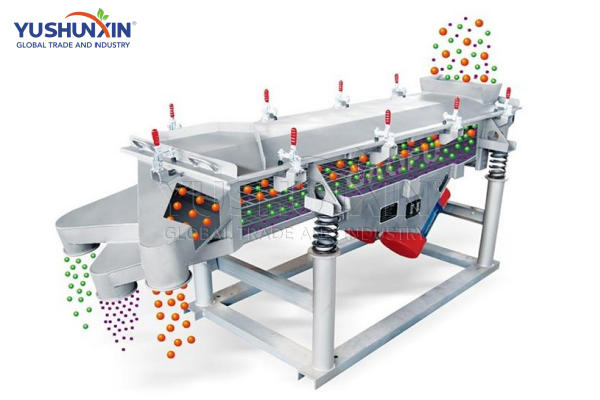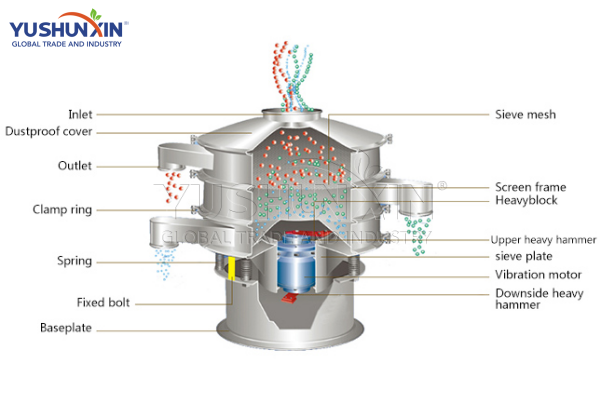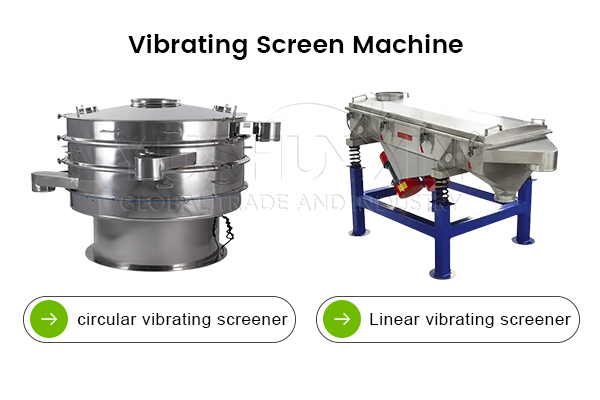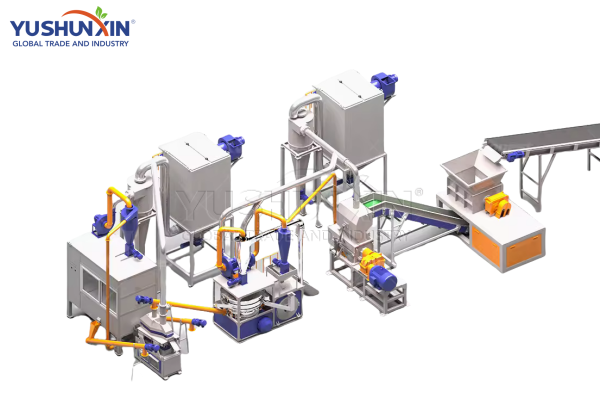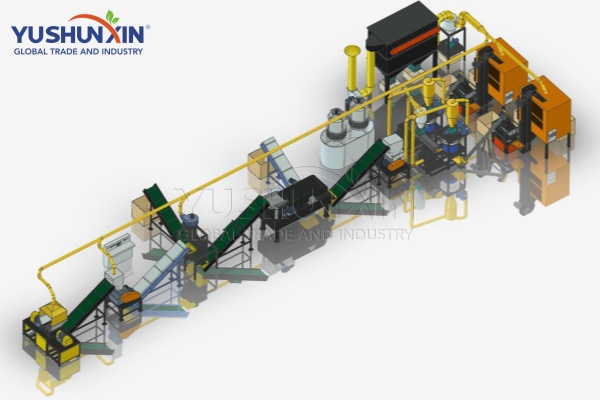Vibrating screen machine plays an important role in solar panel recycling process. Whether mechanical solar panels disposal or photovoltaic panels pyrolysis. Because it can sieve out metals and silicon you want to recycle. This is greatly beneficial for quality materials recycling. Here, SX vibrating screen machine is an ideal choice for you. According to the requirements of recyclers, we especially design circular and linear screening machines for your choice. If you have any other requirements, you can contact us for customization.
What can vibrating screen machine do for quality metals and silicon recycling?
If you want to recycle quality metals and silicon for solar panels disposal, it is essential to use a screening equipment. Why? What can it do for solar panels disposal?
How does vibrating screeners work to sieve your material?
Vibrating screener are widely used in industrial processes to separate materials by size. They achieve this by applying vibration to a screening surface, causing the material to move across and be sorted through mesh openings. So, there are two common types of vibrating screeners: linear vibrating screener and circular vibrating screener. And each operates with a distinct motion pattern and serves specific applications.
Linear vibrating screener
A linear vibrating screener uses two counter-rotating motors to generate a straight-line vibration. And these motors are installed at the sides or bottom of the machine. When powered on, they create a horizontal and vertical combined force that propels the material forward in a straight path.
As the screen vibrates, material is lifted and thrown forward. Finally, finer particles pass through the mesh while larger particles continue moving until they exit the discharge outlet.
Circular vibrating screen machine
In contrast, a circular vibrating screener uses a single eccentric shaft to produce circular motion. And the shaft is mounted at the screen’s center and rotates to generate a centrifugal force. This causes the entire screen body to move in a circular path.
As a result, material on the screen surface spirals and tumbles while moving gradually toward the outlet. So, finer particles fall through the screen during this motion, while oversize particles are discharged at the end.
What is the difference between linear and circular vibrating screen machines?
In the solar panel recycling line, especially after crushing the backsheet layer of photovoltaic (PV) modules, effective screening becomes a key step to separate fine particles, plastic fragments, and residual dust. Choosing the right vibrating screen machine—linear or circular—directly affects the efficiency, purity, and yield of your material recovery.
Other things most recyclers want to know
ContentHide

